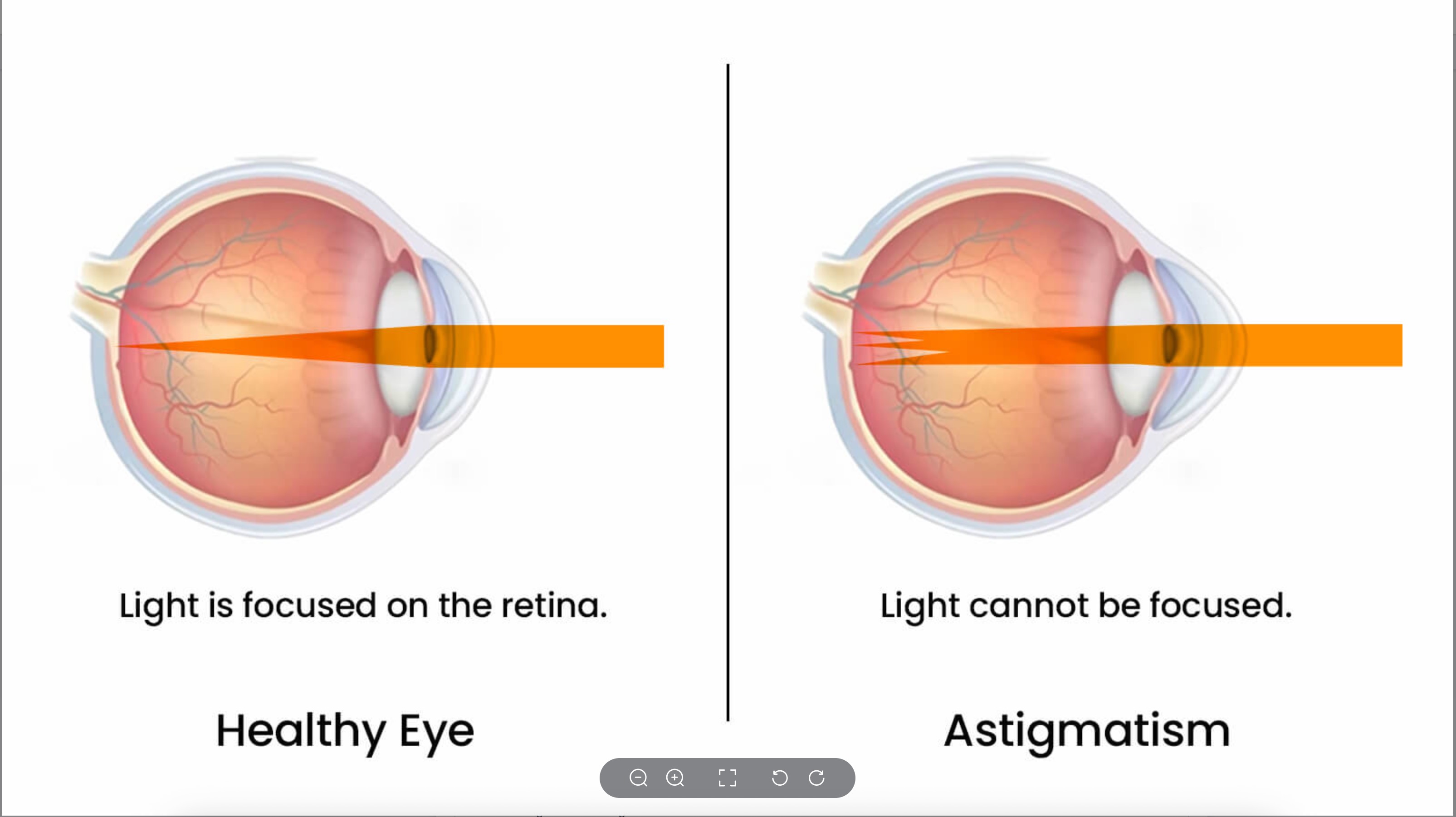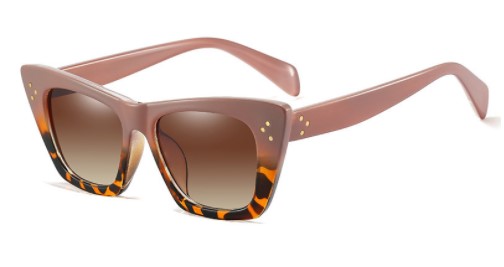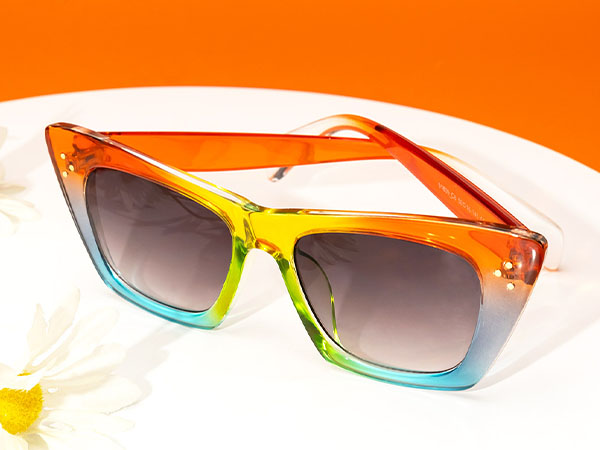
What is Astigmatism? Causes, Symptoms, and Eyes Care Tips
October 10,2025

111
December 20,2023

venenatis
December 20,2023

aaa
December 20,2023

Test vooglam
January 15,2024

Vooglam vs Others: Which Brand Nails the Tinted Glasses Look?
March 12,2024

Latest Top 10 Best Polarized Sunglasses for Women 2022
June 09,2022

Buy reading glasses online at Vooglam store asdfsd sdf sdfsd www www www www www www www www www www www www
June 24,2022

Finding sunglasses near me at vooglam store
July 09,2022

Lorem ipsum dolor sit amet consectetur adipiscing elit ad proin mattis
December 26,2023

aliquet
December 20,2023

12312121212
March 06,2024
What are progressive multifocal lenses?
Progressive multifocal lenses are also called progressive lenses, progressive power lenses, or progressive prescription lenses. It refers to a lens with multiple focal points, which is a lens with luminosity changes. Wearing premium progressive lenses helps the wearer see clearly at any viewing distance without the need to change glasses.

Progressive multifocal lenses are the new trend
Our most common lenses are single-focal lenses, with only one luminosity on the lenses; moreover, many elderly people used to wear bifocal lenses to solve the problem of seeing far and near at the same time, but when wearing bi-focal lenses, there will be image jump interference and caused blurred vision, so due to their major shortcomings and the popularity of progressive multifocal, bifocal lenses have basically been eliminated; This is a post about progressive lenses vs bifocals, and it is not difficult to see that multifocal lenses are a new development direction in the history of lens development.

Progressive lenses are useful
Progressive lenses have different power zones from top to bottom on the front. The seamless connection between the powers allows the wearer to look straight ahead to see distant objects, look down to see objects at intermediate distances, and look down to help the wearer read or perform other activities that use near vision without changing Another pair of glasses.
The first appearance of progressive multifocal lenses
In 1907, Owen Aves first proposed the concept of progressive multifocal lenses, marking the birth of a new concept of vision correction. The design of this special lens is inspired by the shape of the trunk of an elephant. People continuously increase the curvature of the front surface of the lens from the top to the bottom, so that the refractive power can be changed accordingly, that is, the refractive power increases gradually and continuously from the distance area at the upper part of the lens until the near area at the bottom of the lens reaches the required near. Use diopter.
Further popularity of multifocal lenses
On the basis of the previous ideas, with the help of new achievements in design and development provided by modern technology, in 1951, the Frenchman Meitnaz designed the first progressive multifocal lens with a modern concept, which can be used for clinical wearing. After several improvements, it was first put on the French market in 1959. Its innovation in the concept of visual correction has won the attention of the world, and it was soon extended to the European continent and North America.
With the development of computers, the application of advanced design software and instruments to the design and development of spectacle lenses has made a huge development in the design of progressive lens. Design and development of formula, asymmetric, aspheric far view zone. Progressive addition lens have undergone several major innovations, the types of lenses are increasing, and the wearer of progressive lenses is growing.
The original design of progressive multifocal lenses
The original intention of progressive multifocal lenses is to provide a natural, convenient and comfortable correction method for presbyopia patients. Wearing multifocal lenses is like taking pictures with a camera. A pair of glasses can see both far and near clearly. Objects at medium distances can be seen clearly. So we describe progressive lenses as "zoom lenses", and wearing a pair of glasses is equivalent to using more glasses. Progressive lens are therefore an alternative to bifocal or trifocal lenses to correct refractive errors such as presbyopia (farsightedness that develops with age and is a common problem in people over 40).
The main types of progressive prescription lenses in recent years
In recent years, progressive multifocal lenses have shown extremely rapid development and popularization. Nowadays, scientists have made corresponding research on multifocal lenses according to the eye use and physiological characteristics of people of different ages, and finally divided them into three categories:
1. Adolescent myopia control lens - used to reduce visual fatigue and control the speed of myopia development;
2. Anti-fatigue lenses for adults - used for teachers, doctors, people who use too much computer at close range, to reduce visual fatigue at work;
3. Progressive film for middle - aged and elderly people - a pair of glasses for middle-aged and elderly people to easily see farsightedness and nearsightedness.
progressive lenses cost & price
Generally speaking, the production cost of progressive lenses will be relatively high, because it is a functional lens. The main factors that determine the cost and price of progressive lenses are:
lens material
As a rule of thumb, the thinner and lighter the lens, the more expensive it is usually. It is important to note that the best progressive lenses are made using digital freeform techniques, more in the design part of the process.
Progressive lenses are made of plastic polymers. For example, CR-39 is for weaker prescriptions. High refractive index plastic polymers are used for stronger prescriptions, allowing for higher density and thinner lenses and enhanced visual clarity.
lens design
Progressive lenses have complex designs due to the inclusion of multiple optical powers, and vary in the size of the transition channel, the smoothness of the transition between optical powers, and the time it takes to adjust to the frame, all of which affect cost. Progressive addition lenses are designed with smooth transitions and relatively short adjustment times in mind.
coating
Lenses can be upgraded with a variety of coatings. The most popular types of coatings are anti-scratch (protects the lens), anti-reflection (reduces glare) and UV protection (protects against UV rays). The more advanced the type of coating, the more expensive the final price of the lens will be.
Some disadvantages of progressive lenses
Of course, the function of progressive lenses to replace eye adjustment also has disadvantages, that is, lens dependence. If you wear progressive addition lenses for a long time, the adjustment function and collection ability of the eyeball will be weakened if they are not exercised. If there is no adjustment ability or weak adjustment ability, the following problems will occur, such as seeing near without glasses or wearing ordinary glasses. When you take off the glasses, the eyeball is sore and swollen, and the stereoscopic function is reduced, so I rely heavily on progressive glasses.
Therefore, no matter what job you are in, or the scene, it is best to keep the awareness of glasses protection. If there is a problem with vision, you need to go to the doctor for an examination in time, get a valid prescription for yourself, and then get the correct glasses. If there is astigmatism, blurred vision, etc., progressive prescription lenses are very suitable for this condition.

Vooglam Blog
Vooglam blog shares professional knowledge about eyeglass frames, lenses, etc., and provides help when purchasing and using eyewear products. At the same time, Vooglam focuses on fashion glasses to interpret the trend of glasses for you.

































